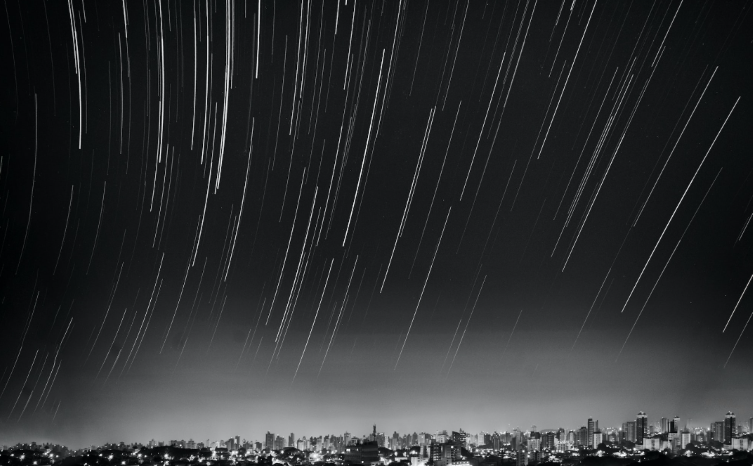Let’s get in formation

The Oort cloud was formed in the period immediately after the formation of the large planets. In fact, large planets ejected objects from the planetary region. Let’s chew that up into logical bits.
First, Jupiter and Saturn were formed, which at first ejected bodies themselves, and only later did Uranus and Neptune form.
It was necessary to throw the object on an elongated path, and later the influence of the Galaxy increased the object’s perihelion (closest distance to the Sun) so that it moved away from the planetary region. Although the molecular cloud, i.e. the star cluster in which the Sun was formed, had a great influence on the formation of the cloud.
The molecular cloud could pull bodies into the Oort cloud from trajectories that were very close to the planetary region, at about 1000 – 2000 AU. The settlement of the Oort cloud intensified when the planets began to migrate some 600 million years after the formation of the Sun and when a large number of objects changed their positions.
A few tens of millions of years after the migration, the settlement rate of the Oort Cloud began to decline significantly. Until today.

In general, the efficiency of the formation of the Oort cloud is small, only 2.5% of the mass of the original protoplanetary disk around the Sun, from which all objects were formed, was found in the Oort cloud in these 4.5 billion years.
Currently, the only source of new comets for the cloud is the Kuiper Belt. Dynamic calculations say that today about 5 objects with a diameter greater than 1 km are transferred from here to the Oort Cloud per year. However, about 10 times more comets are ejected from the cloud than come from the interior of the Solar System.
New research
Comets have not changed much since they were formed, so they can give us very important information about the origin of the solar system.
For this reason, spacecrafts are sent to study comets. In 2004, the Stardust spacecraft flew through the coma of comet Wild 2. In July 2009, the Deep Impact mission dropped a ball weighing 370 kilograms on the nucleus of comet Tempel 1 and created a crater over 50 meters in size.
The Rosetta spacecraft was launched in 2004 and entered orbit around comet Churyumov-Gerasimenko in 2014. A mission is being planned with a spacecraft that will land on the comet during the next decade, then take samples and return them to Earth.
Until then, we hope that some brilliant comet will visit us, to admire them in the starry sky like the comet Hale-Bopp.

